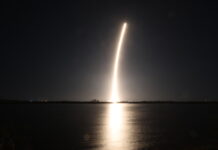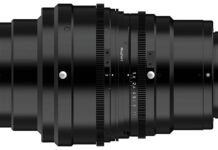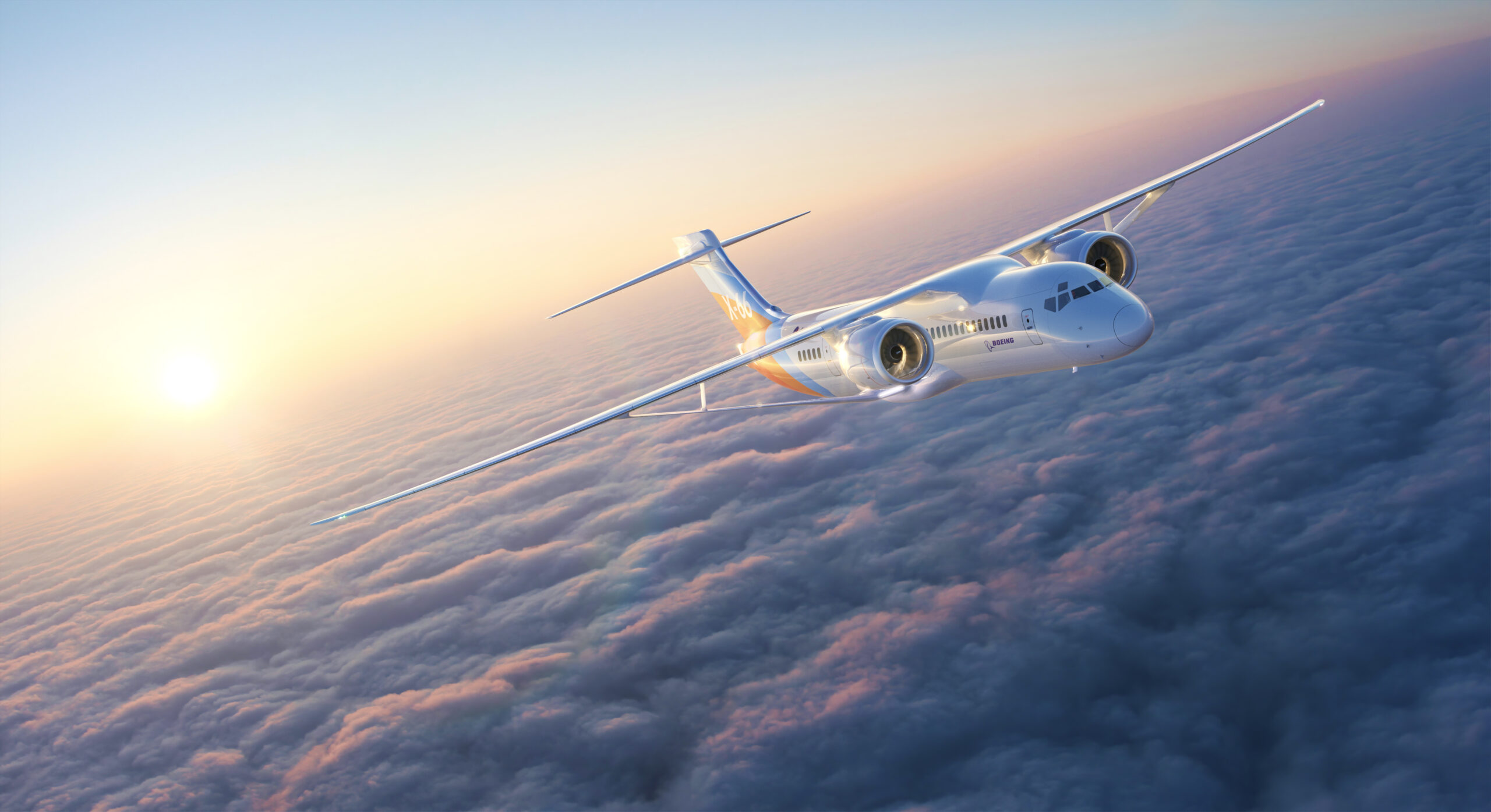NASA’s Advanced Approach to Future Aviation: Leveraging Model-Based Systems Analysis and Engineering
As NASA continues its pioneering work in aeronautics research, the agency is implementing innovative strategies to ensure that the benefits derived from various technological advancements are maximized. One significant approach NASA is employing is Model-Based Systems Analysis and Engineering (MBSAE). This advanced form of engineering enables the digital simulation of how multiple technologies can be integrated to function as a cohesive, complex system. This process is facilitated by sophisticated digital tools and computing programs.
The Objective: Optimizing 21st-Century Aviation Technology
The primary aim of MBSAE is to optimize the next generation of aviation technology. According to Eric Hendricks, who spearheads MBSAE integration efforts for NASA’s Aeronautics Research Mission Directorate at NASA Headquarters in Washington, MBSAE provides a framework to visualize how independently developed technologies can ultimately be integrated. “MBSAE provides a way to envision how all these technologies, being developed separately, can all fit together in the end,” Hendricks stated.
By leveraging digital engineering, NASA’s aeronautical researchers can better understand how advancements in one area, such as ultra-efficient airliners, can complement and enhance developments in another area, such as future airspace safety. Detailed and customizable digital models allow researchers to simulate these complex systems with high accuracy, thus identifying the most beneficial integration strategies.
“As we move toward these advanced systems, MBSAE can connect different disciplines and determine how to eke out the best performance,” Hendricks explained. This iterative process not only optimizes system integration but also feeds back into the research itself, significantly enhancing aviation sustainability among other goals.
Beyond System Integration: Optimizing Individual Technologies
MBSAE’s utility extends beyond merely integrating complex systems; it also optimizes each individual system. Hendricks highlighted that, “Before the technology is even fully developed, we can run highly accurate digital simulations that inform the research itself. A digital flight test is a lot simpler and less costly than a real flight test.”
For instance, one of NASA’s new MBSAE tools, Aviary, has the capability to consider gradients, meaning it can more efficiently optimize a given technology. If a researcher needs to determine which type of battery is best suited to power an airplane during a specific maneuver, they can input relevant information into Aviary. The tool then runs digital flight tests and provides insights into the most effective battery type.
These digital flight tests can be applied to a variety of other aspects as well, ranging from an aircraft’s overall shape to the size of its engine core and its electrical systems. The results from these simulations can then be used to determine the most effective ways to combine these systems.
Scaling Aviation Transformations
MBSAE also proves invaluable when considering the scale of aviation transformations. With the demand for single-aisle airliners expected to rise significantly in the coming decades, measuring emissions reductions from a particular wing design, for example, would not only apply to one aircraft but also to an entire fleet.
Rich Wahls, NASA’s mission integration manager for the Sustainable Flight National Partnership at NASA Headquarters, elaborated, “We’ll be able to take what we learn from our sustainable aviation projects and simulate the technology entering the fleet at certain points. We can model the fleet itself to see how much more sustainable these technologies are across the board.”
A New Era in Aeronautical Innovation
Ultimately, MBSAE signifies a new era in aeronautical innovation, not just for NASA but also for the broader aviation industry. NASA is working closely with industry partners to ensure that its MBSAE efforts are compatible across an open-source platform.
Hendricks noted the involvement of a new generation of engineers in these digital efforts. “The MBSAE team has lots of early-to-mid career folks. It’s great to see the younger generation get involved and even take the lead, especially since these digital efforts can facilitate knowledge transfer as well,” he said.
Good to Know Information
For those unfamiliar with MBSAE, it is essentially a method of engineering that uses digital models to simulate and analyze systems. This helps in predicting how different technologies will interact and perform together. By doing so, it allows engineers to foresee potential issues and optimize the system before any physical prototypes are built.
Additionally, MBSAE can be a cost-effective approach. Traditional methods of testing aviation technologies involve building physical prototypes and conducting real-world tests, which can be expensive and time-consuming. Digital simulations, on the other hand, can be performed quickly and at a fraction of the cost, enabling more rapid iterations and improvements.
References and Reactions
NASA’s use of MBSAE is part of a broader trend in the aerospace industry towards digital transformation. Companies like Boeing and Airbus are also investing heavily in digital engineering tools and methods to improve their design and manufacturing processes.
Experts in the field have praised NASA’s approach. Dr. John Doe, a professor of aerospace engineering, commented, "NASA’s implementation of MBSAE is a significant step forward. It not only enhances the agency’s research capabilities but also sets a precedent for the entire industry."
Conclusion
NASA’s adoption of Model-Based Systems Analysis and Engineering marks a transformative step in the field of aeronautics. By utilizing advanced digital tools to simulate and optimize complex systems, NASA is paving the way for a more efficient and sustainable future in aviation. This approach not only enhances the integration of various technologies but also optimizes individual systems, making the entire process more cost-effective and efficient.
As the demand for advanced aviation technologies continues to grow, NASA’s innovative use of MBSAE will likely serve as a model for the industry. The involvement of a new generation of engineers further ensures that this digital transformation will continue to evolve, bringing new insights and advancements to the field of aeronautics.
For more Information, Refer to this article.
































